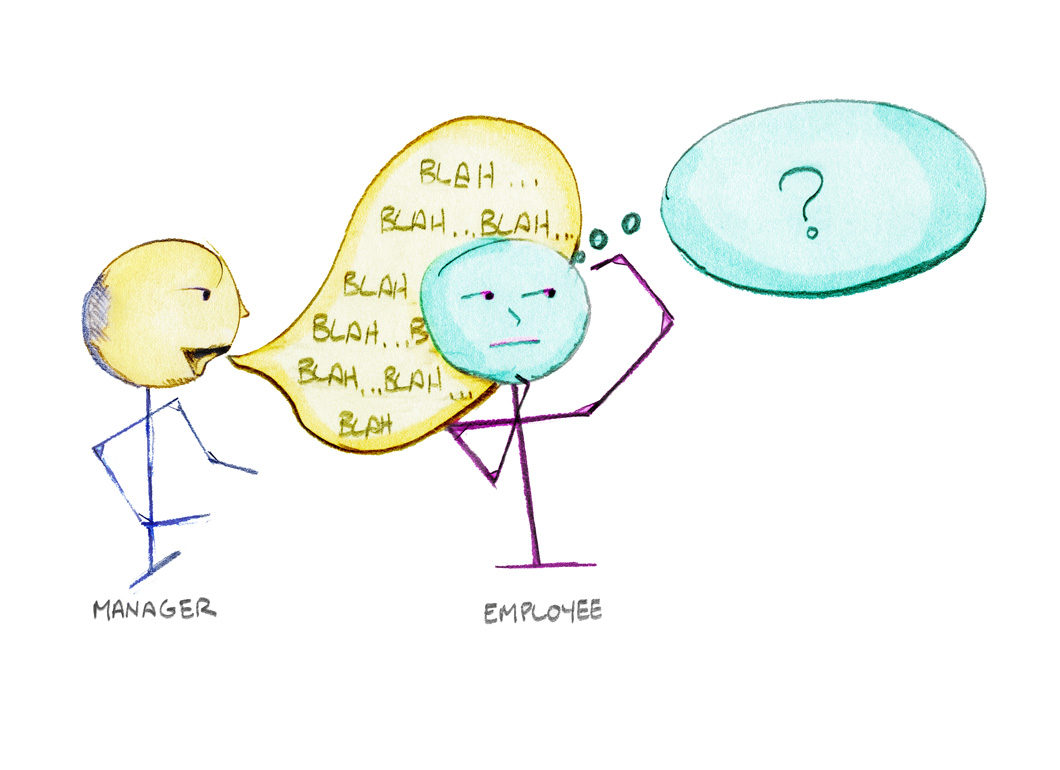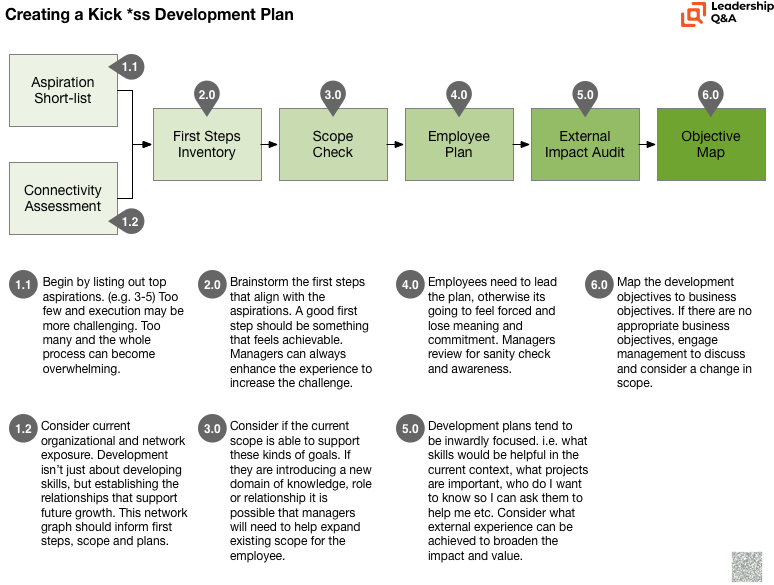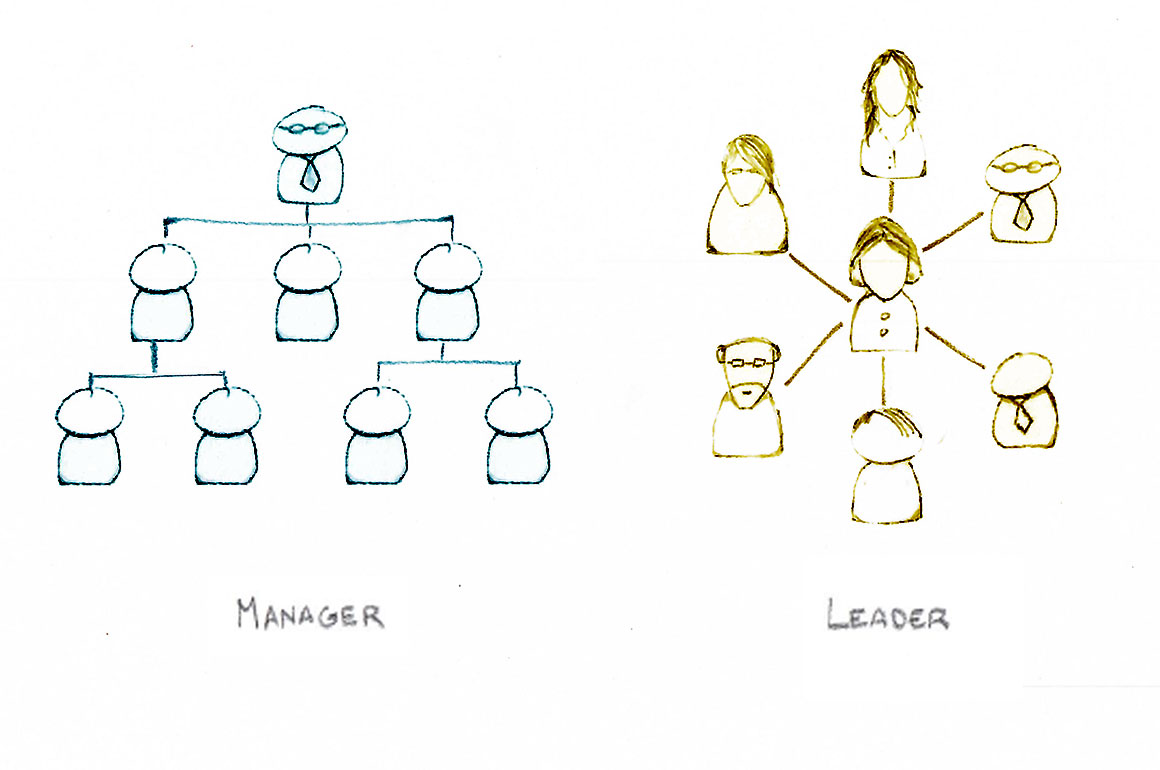Only you can compromise your integrity.
At the root of this question is the fear that you have been placed in a situation where compromising your integrity is a possibility. We often fill in the spaces between the words and create emotionally charged encounters. Only you can compromise your integrity, so let’s look at how we can navigate this opportunity.
First, you can learn to lie and stop trying to be so honest about everything. There is more than enough evidence that can fuel a cynical perspective, so if you choose this, then there really won’t be an issue. You will develop the skill of lying and stop holding yourself to a consistent level of honesty. You will simply reinterpret what a lie means and wrestle with if it even matters. It is a slippery slope and often extremely hard to come back from.
Assuming lying isn’t what you believe in (we certainly don’t) then there is the second choice, which unpacks this question further.
Approaching challenging communication
Communication is at the core of influence.
Communication is at the core of influence. While we don’t know which kinds of messages you are referring to, ones that cause internal pause typically need to be handled more thoughtfully. Integrity is all about having a consistent and strong alignment what is honest and right. Moreover, it is a personal measure, so not everyone will experience situations the same way.Let’s consider distinct kinds of messages where this integrity conflict could arise.
- Delivering messages that are intended to persuade without complete transparency
Examples: Data suggests something, but the data is insufficient; Salesmanship in a deal; Marketing propaganda
- Delivering Company news to a subordinate that does not align with personal beliefs
Examples: Changes to HR policy or pay adjustments that have a public message different than the private message; Why a high performing employee might not get a raise despite evidence suggesting they should
Messages of Questionable Quality
We have all been in this situation. There is an important topic being reviewed by leadership. Everyone knows the desirable outcomes. As information is pulled together to consider strategy and decisions the content moves from research (what is known) to editorial (what is believed) to slight-of-hand (in support of the editorial message).
The importance of committees
If you ever wondered why committees are important, its for this kind of challenge. The best committees have wickedly smart people in attendance and they can quickly parse through each of these aspects. What is harder is when they introduce their own editorial thinking and quickly reshape a narrative, not better than the first.It is hard to make a plug for committees given how many ineffective ones there seem to be. Nonetheless they offer some utility to check and balance the group think.
Research in academia
In academia, research is coveted. At the foundation of everything is the set of facts we gather. Conclusions are traceable back to facts. Individuals may offer opinion, but it is always explicitly positioned as such. There is always more work to be done.
Research in business
In business, research is far more imprecise.
First, there is the general fact that most people never took a statistics class and so sample size, confidence or the notion of statistical significance is poorly understood and completely misused. Math terminology is thrown around all the time with almost no link to reality. It is completely terrifying.
Second, the kind of research businesses need to do is highly imprecise due to the nature of the questions and the context. For example, a new product can be tested and poorly received by existing customers and still be a success in the marketplace. It is possible to do research and still be wrong.
Third, the time frames that the research needs to be assembled in is often insufficient when compared to academic equivalents. Business is all about dealing with a high degree of uncertainty and imperfection all the while making the best decisions possible.
The more significant difference when comparing business and academia is that in business everyone is a marketer. Daniel Pink shows us in To Sell Is Human: The Surprising Truth About Moving Others, that everyone is selling something. Because of this, the facts are there to support a perspective and the more egregious the interpretation the more challenge there may be to one’s integrity.
Business leaders understand how imperfect and muddy information is, and yet they need to know the best information available to be effective.
At the root of messages of questionable quality is the idea that the full truth is not present. Otherwise, there would be no compromise to integrity. Business leaders understand how imperfect and muddy information is, and yet they need to know the best information available to be effective. Therein is the answer to this first issue. Always present the position linked to the facts and follow it up with the risks (areas of weakness) and potential mitigations (future work). If someone else wants to lie that is a different problem than your feeling like you are misguiding. In this way, you stay consistent. The confidence in positioning your ideas is bolstered and when asked about the risks, your honest assessment will be respected.
Need to know messages
You lead a team of high performing individuals. As their manager, you would give them all top marks and all the recognition you could. As an expression of the Company, you are given specific operating parameters and are only able to supply so many top marks. This year only the absolute best get bonuses. You have a few challenging conversations ahead with your best talent being marked less than, knowing that it will also affect their bank account. The business offers some guidance to help manage these conversations, and once the real talking begins those lines get thrown out quickly as the things you have to say in lieu of having something real to share.
This kind of issue happens all the time for people in leadership positions. You often have a much broader view and deeper insight into what is happening, and employees are in the dark. The “need to know” is at play.
The HR guidance was to first recognize the contributions of the employee. Then present the bonus plan the business is executing this term to both describe and set expectations. Review their performance and present what differentiates their contribution from another’s and finally deliver the performance rating.
Delivering the Company message
The first challenge is in delivering the Company message. The language might sound too corporate and inauthentic. Especially given younger members of the workforce, this language along may cause great distrust. You have to know which parts of the message are there for legal reasons and which are yours to modify. Then adjust the message so that it makes sense to you. Preferably in simple language so there are fewer words to fumble and less ambiguity. This will allow for natural and deliberate delivery. Any questions employees have will be questions you yourself asked in working through the updated message. Calling out the legal portions if they appear out of place is an effective way of acknowledging them without minimizing their importance.
Delivering the employee review
The second challenge exists in crafting the employee review since it is the basis (fact) you will use to rationalize the performance mark. So, this must be where you find honesty. If this rings hollow to the employee, you are finished. You could botch the Company message and pass it off as you just being the messenger, but the employee review lives with you. Furthermore, it should be solid so that any question to the evaluation is presentable and that other people would come to similar conclusions. Everyone has things to work on, even the best among us. If you need to justify why an employee isn’t getting the mark, bonus or award, anchor to something true.
Tight consistent honesty is integrity.
Avoiding escalation
Let’s be clear, HR and up-line management will defer to the manager, so while an employee might look for support with those avenues the manager’s consideration is what wins. You are the closest person to the employee.
If your workplace also has a second opinion type of process, where an employee can contest the evaluation, you want your work to be presented with the same evidence you used to present it to the employee.
Don’t get caught lying among fellow leaders and human resources as this impacts and undermines you, the Team and the Company in immeasurable ways.
Next steps: Actions that change everything
- Don’t hide the weaknesses of the message, instead call out challenges and propose approaches to addressing them.
- When being the Company, you must find the angle that resonates with you as an employee and communicate that faithfully.
- When representing “need to know” messages, where you know more than the people you are presenting to, you must find factual, objective ways to present the information that demonstrate your own involvement in making sense of the message. It is in this effort that the delivery becomes authentic.
My guess is each situation may require some consideration and hopefully these examples are a good start. What other examples have you encountered?

































